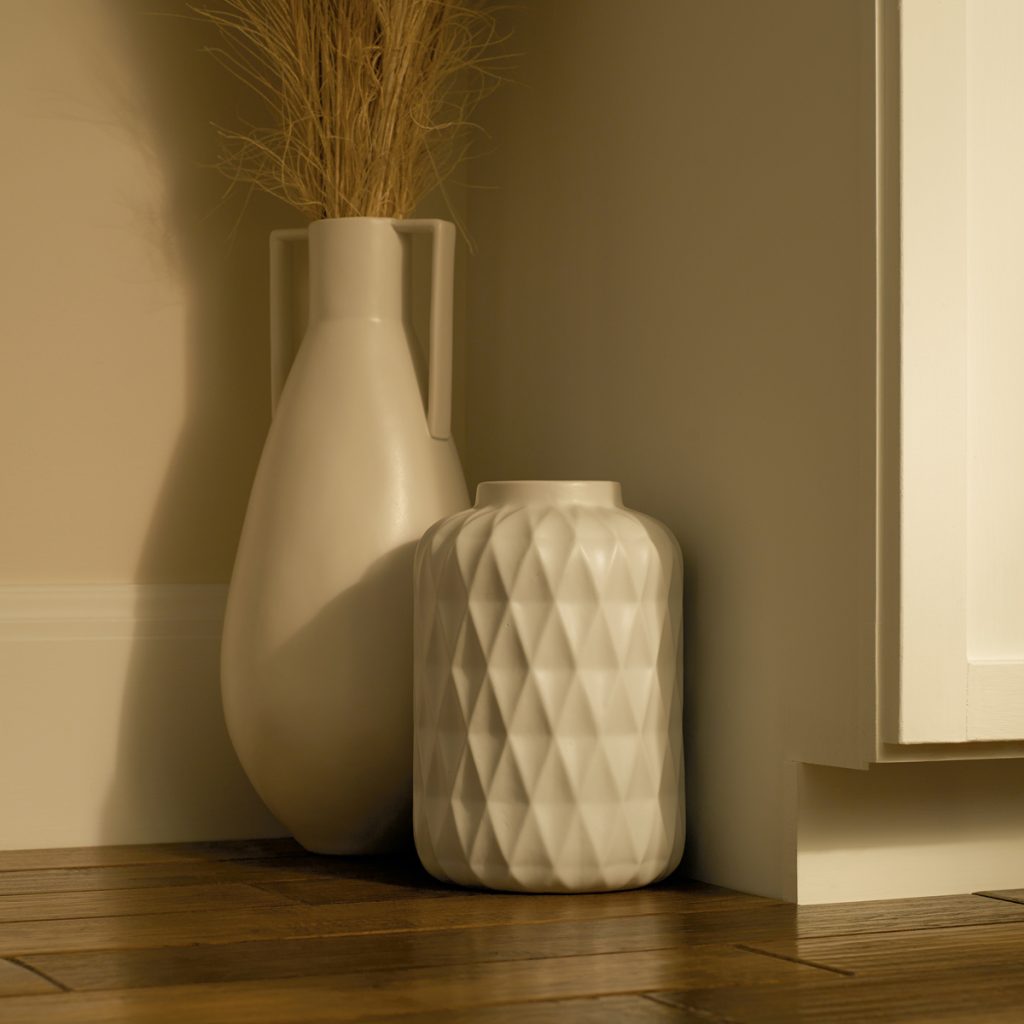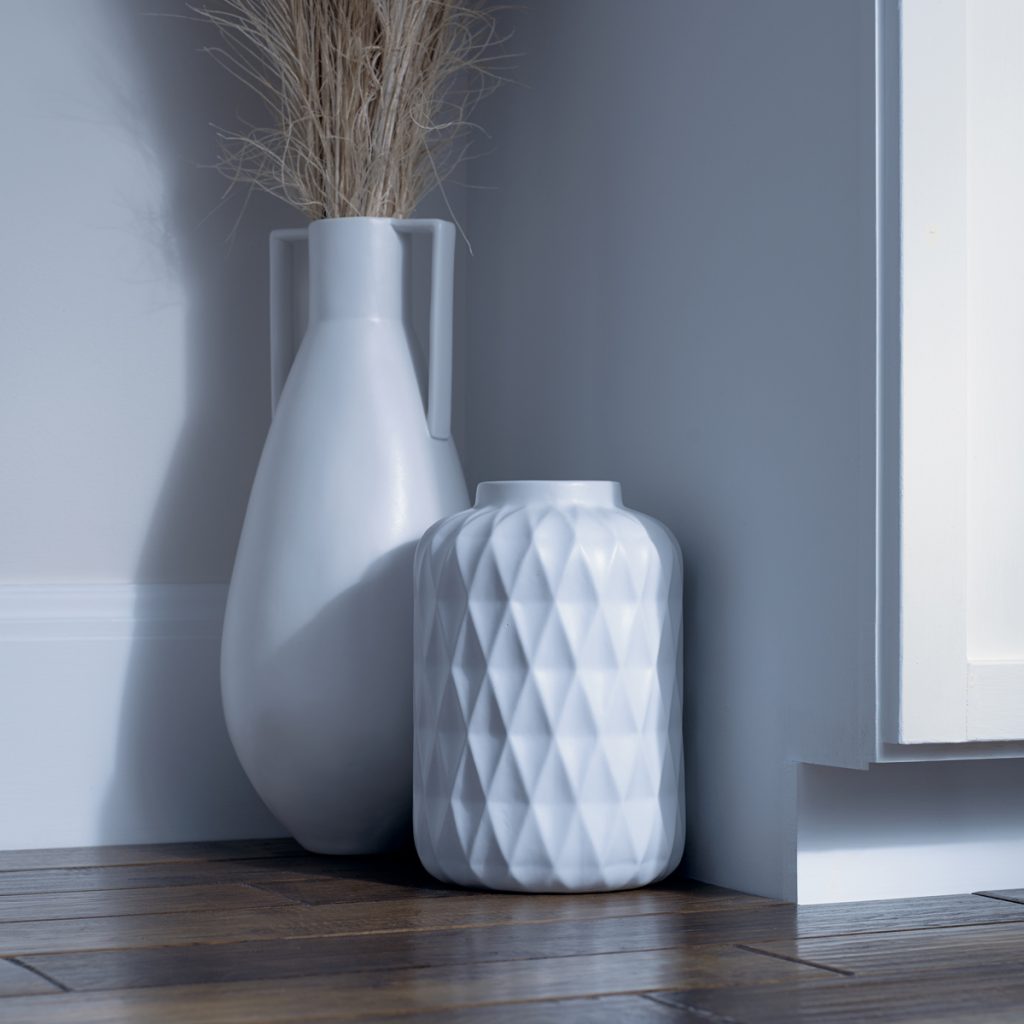Top 2019 Home Trends To Try This Year

A quantitative measure of the ability of a light source to reveal the colors of various objects accurately in comparison with an ideal light source. The higher the CRI (1 to 100), the better the color rendering, given the color temperature of the lamp.
Correlated Color Temperature (CCT)
CCT is the appearance of white light, in terms of warmth or coolness. A warm color corresponds to a lower CCT, while cool colors are associated with a higher CCT.
Measured in Kelvin on a scale of 1,000-10,000, color temperature describes the appearance of the illumination provided by a bulb. The lower the Kelvin number, the more orange/red/yellow the light. Matching the color of light to the surroundings will create harmony for the eyes and make the space look and feel comfortable and “right.”
Kelvin
The appearance of white light. CCT is defined in degrees Kelvin and correlated to the Black Body on the CIE color diagram. Warm colors correspond to a lower CCT value (2400K), while cooler or blueish light is associated with higher CT values (10,000K).
Tip: Using the same color temperture lights throughout a room will give a clean even feel to the space.

SOFT/WARM WHITE
2700-2900 Kelvin produces a warm and inviting color of light. It is general the color of incandescent lighting. Choose a 2700 Kelvin bulb if the environment includes brown woods or warm colors like red, gold or orange.

COOL WHITE
3500-4900 Kelvin is a cool and vibrant color of illumination. It’s preferred for work spaces, kitchen and bathrooms because of its closeness to morning light. Choose a 3000 Kelvin bulb for environments utilizing lots of cool colors like blue, green or white.

DAYLIGHT
Greater than 4900 Kelvin is considered sunlight at high noon. It has a stark white or bluish appearance. This invigorating color should be used for security lighting and displaying